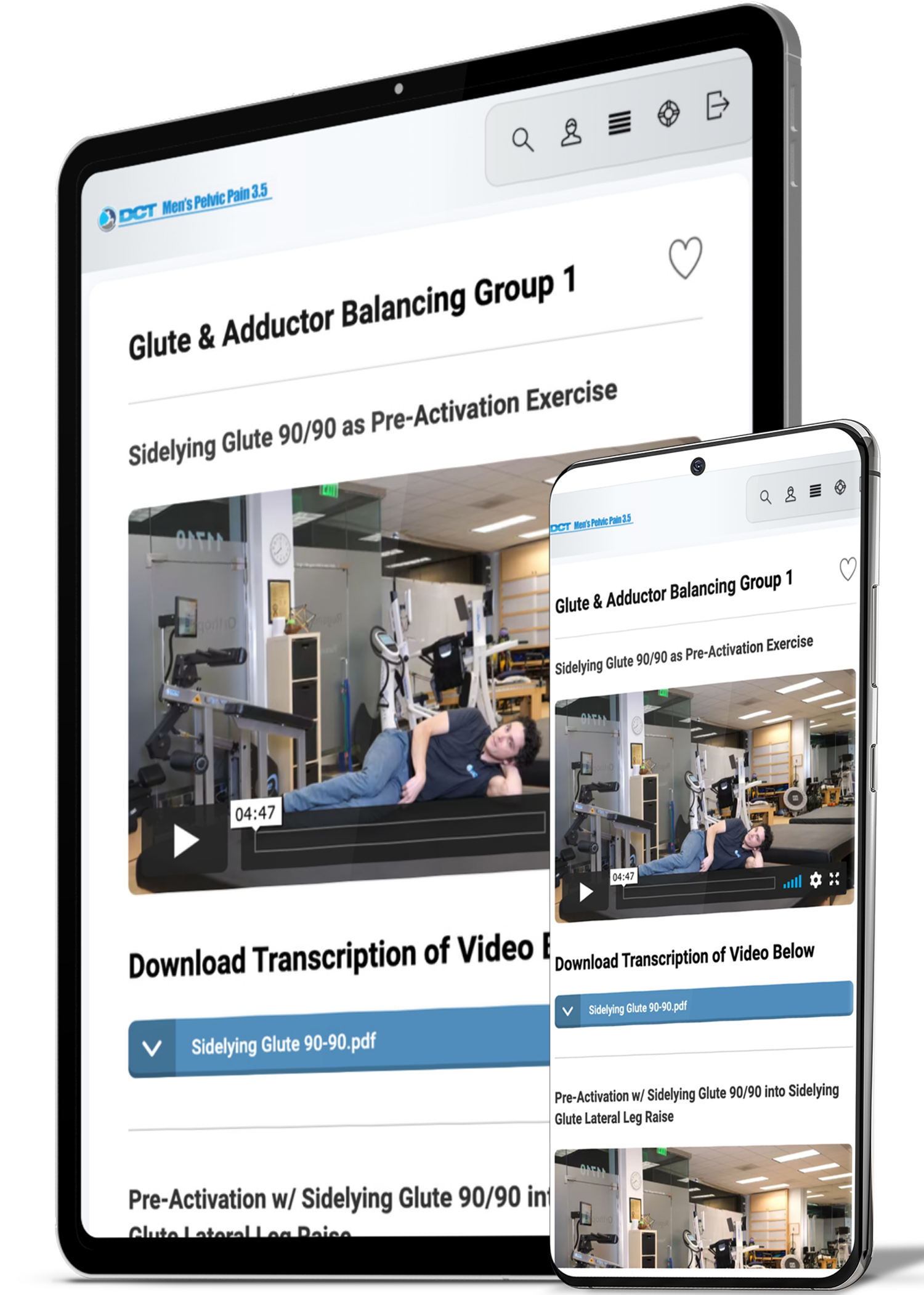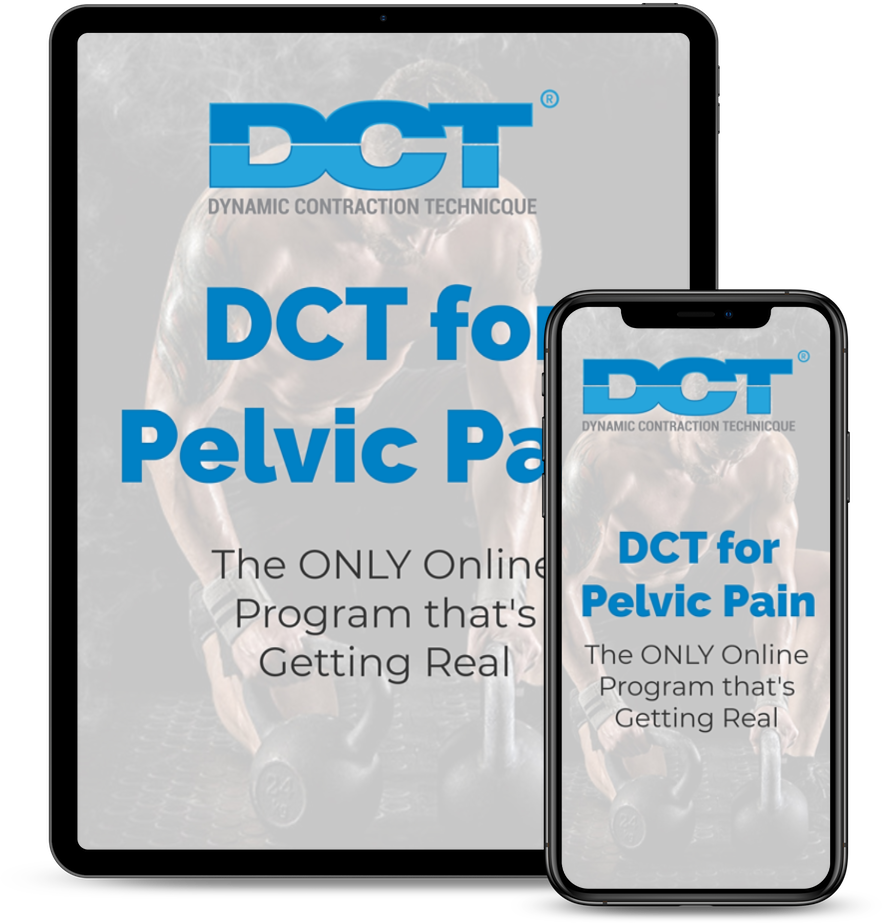WHO IS IT FOR

Archetype 5:
Hypermobile with Compromised Weak Joints and Muscles.
This archetype can be associated with a condition known as ____ syndrome which is a congenital disorder of the connective tissue where you are actually born with connective tissue and especially ligaments that are looser than they supposed to be so your joints tend to be hypermobile - these are people who are double-jointed whose knees hyper-extend.
Archetype 5:
Mechanism of Dysfunction
-
The Joints are unstable to the point of causing pain when too much force is applied during a DCT exercise or traditional strength training.
This is one of the more challenging archetypes to educate remotely solely with the videos from the course since there is a complete lack of perspective of what a DCT exercise is supposed to feel like. Zoom calls with coaching are helpful, but in person training can usually resolve this issue withing one or two sessions.
-
Isn’t Kinesthetically Aware on How to Use their Muscles
Doesn’t feel a muscle burn when they workout. Has lost the connection between their muscles and the work being applied to that muscle. Is often pushing too hard, too fast and creates more issues that make the pelvis tighter and more painful. It is critical that this archetype self-assist in the concentric movements until the weakest part of the muscle begins to activate before moving on to stronger concentrics and eventually the eccentric muscle release.
-
May Have Pudendal Nerve Entrapment
Pain or burning in the Perineum or tip of Penis. Most often has pain when sitting or standing for a significant amount of time.
-
May have Urinary and Bladder Issues
This archetype can experience the “belly Bulge” or bloating in the lower abdominals which can cause urinary frequency, nocturia, or difficulty with relieving the bladder. The hypermobility present in the hips and pelvis make it extremely difficult to perform isolated fascial release exercises on the specific anatomy trains that run through the pelvic floor into the lower abdomen. This cannot be corrected until stability has been established in the joints and the muscles have become strong enough to hold the bones in proper alignment to achieve an appropriate fascial release.
What's in
DCT for Pelvic Pain
DCT for Pelvic Pain is a scientifically designed Resistance Stretching program created by Physical Therapist, Nic Bartolotta.
Imagine that within the near future you will be fully recovered from your chronic pelvic pain symptoms. This is not some pipe dream... this is real life. You can now fully recover from pelvic pain by studying and performing resistance stretching DCT exercises and recovery protocols scientifically developed to get you pain free faster. No kidding!

-
More than 140 DCT Resistance Stretching Videos
There is no Pelvic Pain Program on earth that has a more extensive library of videos directly related to your pelvic pain recovery. No place!
-
Weekly Live Webinar Q & A
When you become a member of DCT for Pelvic Pain there will be many questions. We have set aside an hour on the 3rd Tuesday of every month at 10am to answer any and all questions regarding the DCT for Pelvic Pain program.
-
Robust FAQ and Comments Section
Over the past 4 years, we have been asked pretty much every question specific to each exercise in the program. In addition to exercise questions, many general and pelvic pain specific questions have been asked. We have painstakingly answered every question. We encourage everyone in the program to read and engage with us.
-
Exclusive DCT created Muscle & Fascia Antomy Graphics
DCT is all about giving you the tools to get your life back from Pelvic Area Dysfunction. As you journey through your Full Recovery we have detailed educational material to help you understand you you got your injury and how DCT will help you resolve your issues
-
Understand your Tension Pattern and how it's creating your Pelvic Pain
Follow a specific schedule depending on your tension pattern. You will follow a downloadable workout schedule that gives you exactly the exercises that will mitigate your pain.
-
Brand New 2 Camera Instructional Videos
Nic Bartolotta shows you from 2 different camera angles with detailed instructions. He guides you through a "follow the leader" sequence to make sure that you can fully comprehend how to properly perform each exercise.
-
Awesome Support
There are many ways to get the support you need in order to fully recover from your Pelvic Area Dysfunction. We have a fully staffed Help Desk where you can ask sensitive questions, Commenting or Questions directly below each video area, Tuesday Q & A Webinars and 1 on 1 Zoom calls if you so desire. Plus, we have an extensive Wiki that probably has your question already answered.
-
1500 Plus Members
We now have well over 1500 members who are on various levels of their pelvic pain recovery. With many who have experienced FULL Recovery.


Copyright © 2020 Dynamic Contraction Technique, LLC
All rights reserved